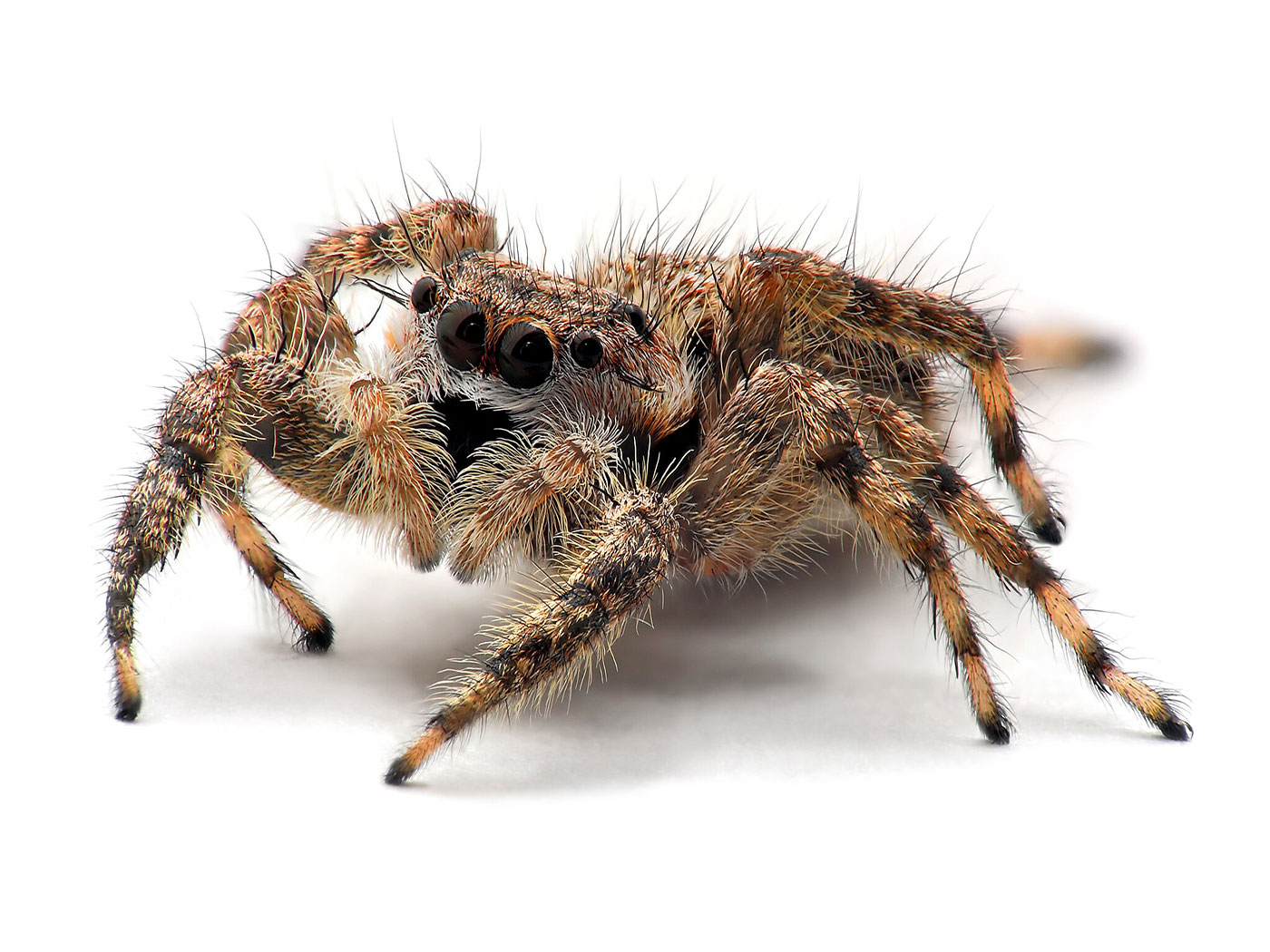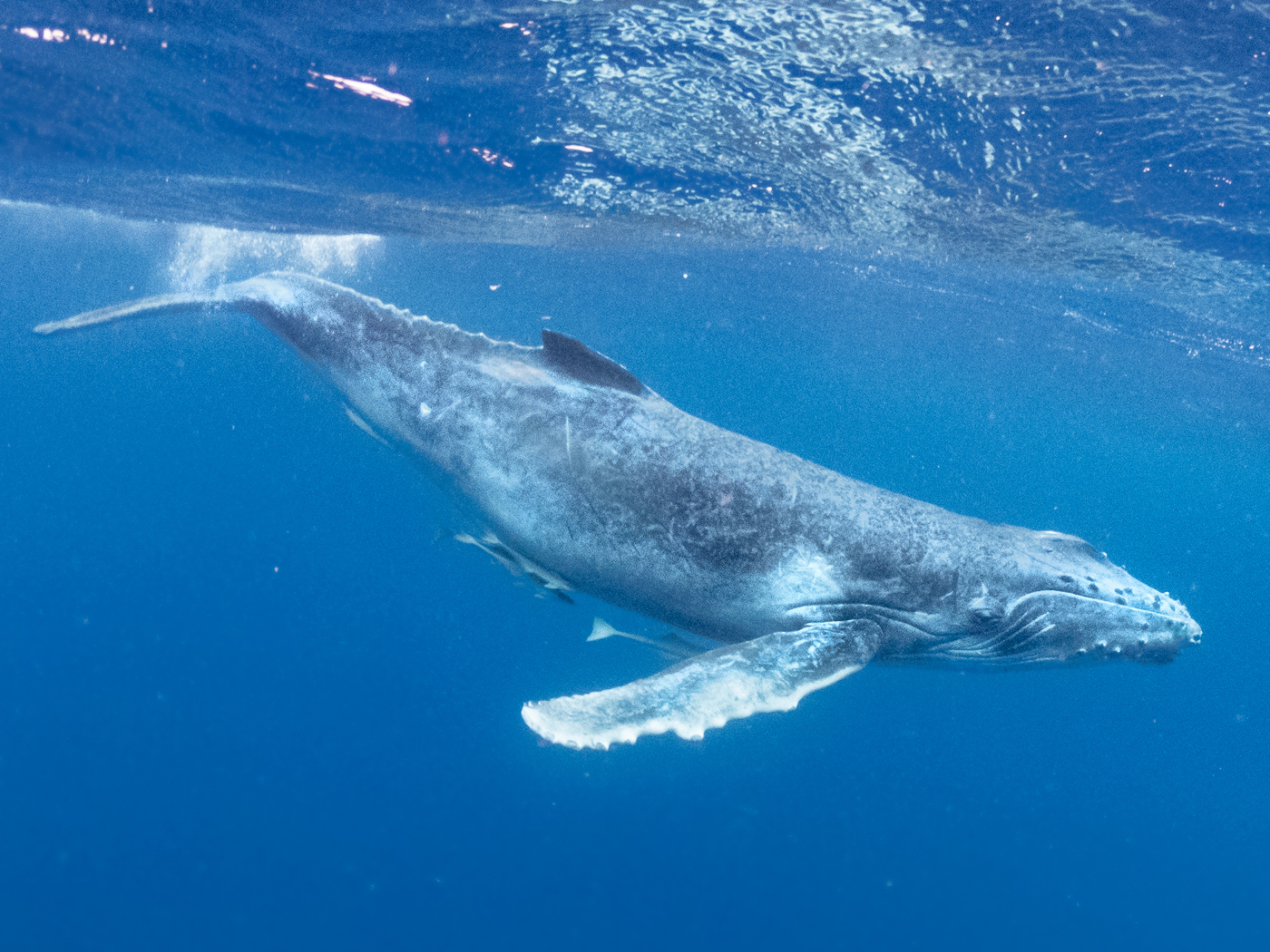Although it has been known for decades and despite insistence to the contrary from the evolutionary community, man—Homo sapiens—has never had a tail.1–3
Recently, science writer Jennifer Zieba stated in LiveScience, “Approximately 25 million years ago, an ancestor of both humans and apes genetically diverged from monkeys and lost its tail.”4 This supposed evolutionary event would have happened in the unobserved past and has left no paleontological evidence. Our subhuman ancestor is unknown, and there is no sign of the alleged first apes (having no tail) splitting from the Old World monkeys so long ago.5
Zieba went on to say, “Researchers discover a potential genetic connection between humans’ tail loss and a type of birth defect” (emphasis added).4
This LiveScience article also addressed repetitive DNA sequences that can produce portions of RNA called Alu elements (transposable elements or TEs).
These ‘transposable elements,’ or jumping genes, can disrupt or enhance a gene’s function upon insertion. This specific type of jumping gene exists only in primates and has been driving genetic diversity for millions of years.4
The last sentence above has both good science and a faith statement. Yes, transposable elements of different types and functions are found in nearly all plants and animals, but there’s no way one can assert these genetic features have been influencing evolution for millions of years. That is assumed and must be taken by faith. And like everything else, “The evolutionary origin of TEs is uncertain.”6
Creationists see TEs as playing, among other important functions, a purposeful and vital role in gene regulation.7 A group of evolutionists stated in a recent issue of Nature, “Here we present evidence that an individual insertion of an Alu element [originally labeled jumping gene] in the genome of the hominoid ancestor may have contributed to tail-loss evolution” (emphasis added).8
Aside from a possible internal genetic change, Xia et al. appeal to strange external “pressures” and strong “selective advantage” to make their cryptic case for our tail loss.
The specific evolutionary pressures relating to the loss of the tail in hominoids are not clear, although they are probably involved in enhanced locomotion in the transition to a non-arboreal lifestyle. We suggest, however, that the selective advantage must have been strong because the loss of the tail may have included an evolutionary trade-off of neural tube defects, as demonstrated by the presence of neural-tube-closure defects in mice expressing the TbxtΔexon6 transcript.8 (Emphasis added.)
Xia et al. also stated, “The loss of the tail is inferred to have occurred around 25 million years ago when the hominoid lineage diverged from the ancient Old-World monkeys, leaving only 3–5 caudal vertebrae to form the coccyx, or tailbone, in modern humans.”8 The evolutionary authors do not address the great importance of the coccyx because it wouldn’t help their insistence that our ancestors lost their tail.
The coccyx, or tailbone, is an important part of the spinal column. It not only aids in upright sitting posture (ask anyone who has bruised or broken their coccyx!), but it is also the site of muscle attachment for the defecation process.
Keep in mind that “the genetic mechanism that facilitated either tail-loss evolution or orthograde and bipedal locomotion in hominoids remains unknown.”8 Creationists predict that these genetic mechanisms will always be unknown since man was created to walk upright in the beginning just thousands of years ago.9
To conclude, Scripture clearly teaches God created mankind unique and distinct from the animal world. The supposed ancient evolutionary relatives of man never had tails.10
References
- Morris, J. 1993. Why Do Some Babies Show “Animal” Characteristics? Acts & Facts. 22 (1).
- Morris, J. 1989. Does the Human Embryo Go through Animal Stages? Acts & Facts. 18 (8).
- Guliuzza, R. 2016. Major Evolutionary Blunders: Haeckel’s Embryos Born of Evolutionary Imagination. Acts & Facts. 45 (11): 16–18.
- Zieba, J. We finally know why humans don’t have tails. LiveScience. Posted on livescience.com February 29, 2024, accessed March 10, 2024.
- Tomkins, J. Monkey Fossil Confirms Neogene-Quaternary Flood Boundary. Creation Science Update. Posted on ICR.org April 30, 2020, accessed March 10, 2024.
- Futuyma, D. and M. Kirkpatrick. 2017. Evolution. Sunderland, MA: Sinauer Associates, Inc., 363.
- Tomkins, J. 2023. Transposable Elements: Genomic Parasites or Engineered Design? Acts & Facts. 52 (5): 14–18.
- Xia, B. et al. 2024. On the genetic basis of tail-loss evolution in humans and apes. Nature. 626: 1042–48.
- Sherwin, F. Man: Created to Walk Upright. Creation Science Update. Posted on ICR.org May 8, 2023, accessed March 8, 2024.
- Gish, D. 1983. Evolution and the Human Tail. Acts & Facts. 12 (3).
* Dr. Sherwin is science news writer at the Institute for Creation Research. He earned an M.A. in zoology from the University of Northern Colorado and received an Honorary Doctorate of Science from Pensacola Christian College.



















